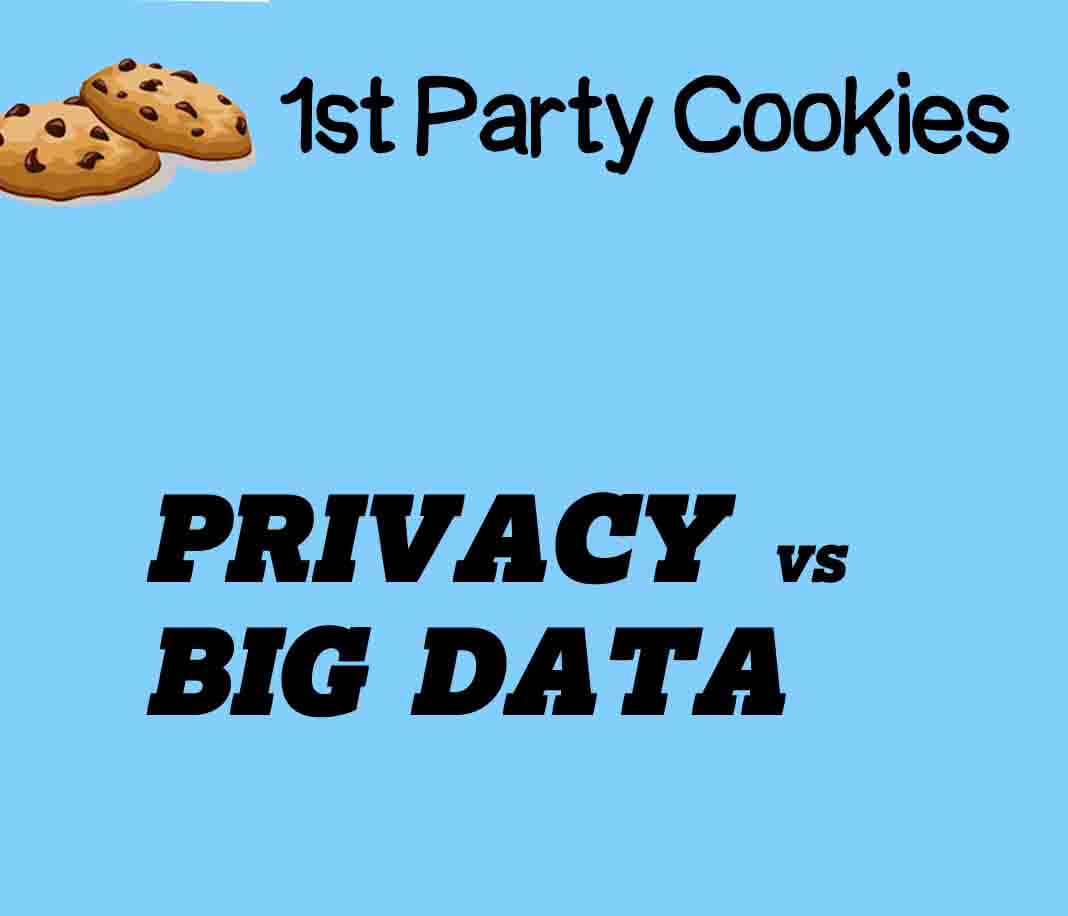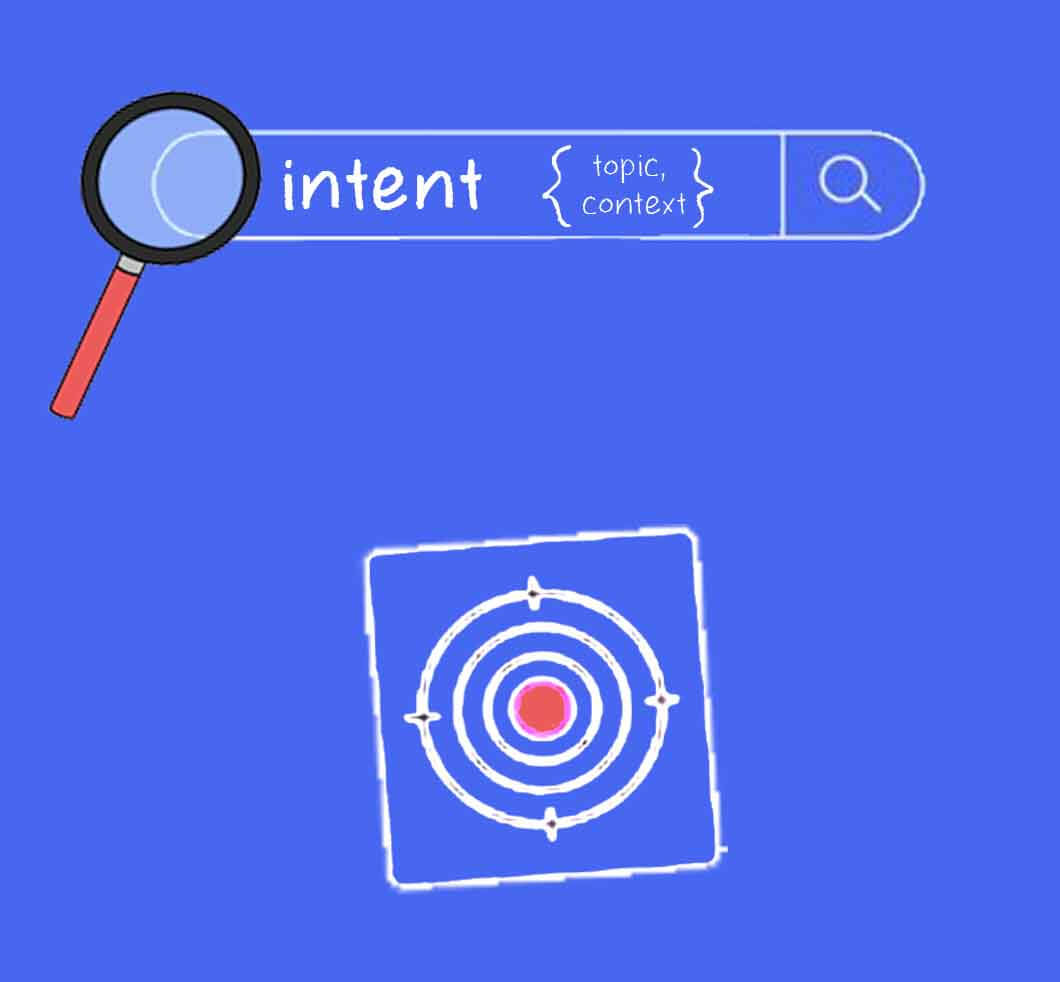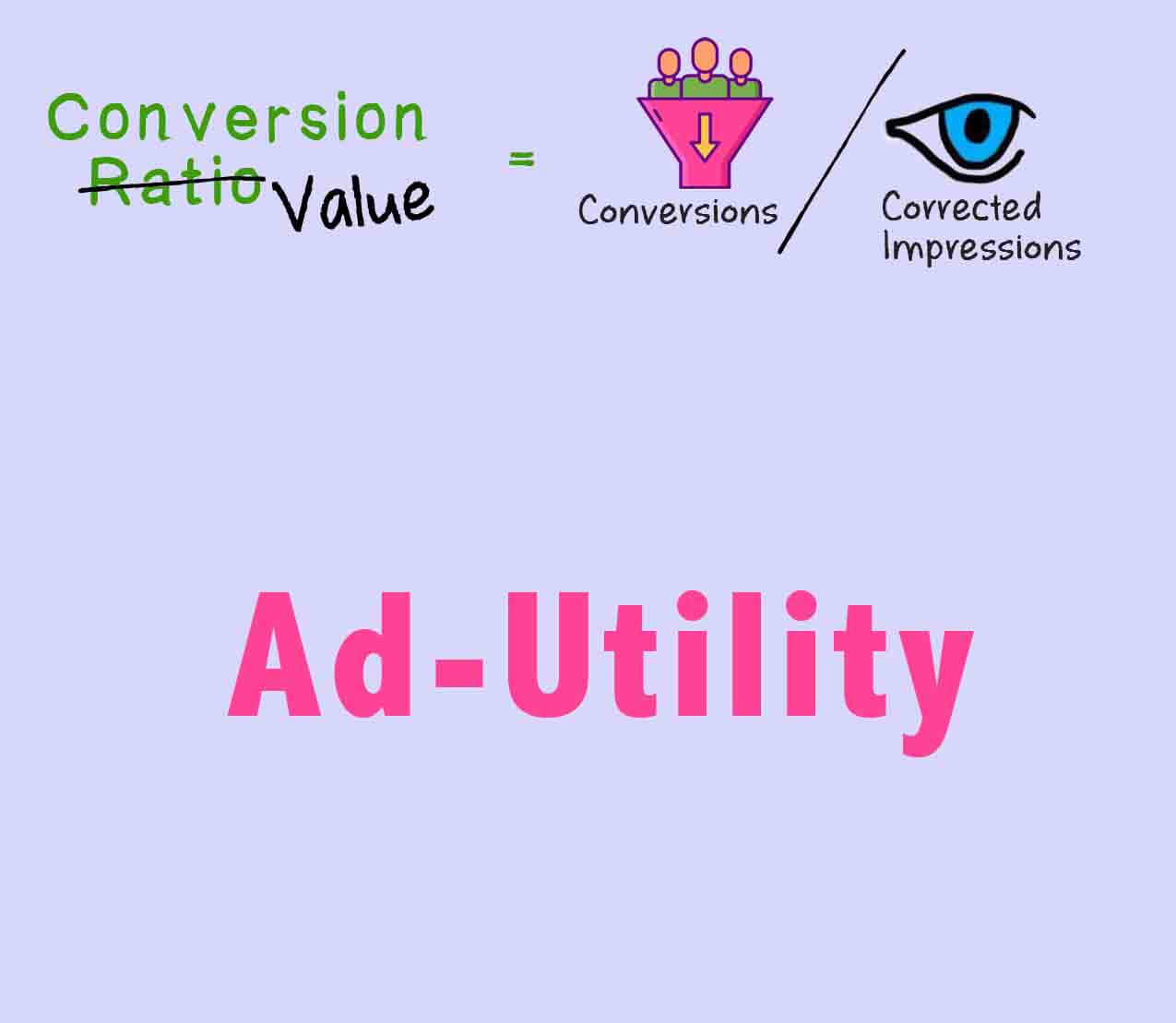
We know this paradox – users expect personalized experiences, yet they detest the attempts by brands/publishers to collect personal data about them to deliver these personalized experiences. There’s a fine line between personalization and stalking.
What you see in the above picture is – stalking.
Companies collecting big data about users know almost everything about them. The way data collection had been done so far without users not being aware of what was being collected and where it was being shared – no doubt users have become cautious and watchful. This progression of events created a straight line toward a future of a privacy-centric era where there is no “default on” individual user tracking available in the online ad space. I’ve written about the different types of user-identifier systems and the potential solution in a privacy-centric adtech world in this story <link>, where I’ve mentioned users being in charge of their own data. User should / would “intentionally” and “proactively” shares what he’s interested in and the personalized experience is directly based on what he shares.
For advertising to be successful, data sharing has to be a fair value exchange, and, most important, it should be perceived as such by users. We’ve explored the potential solution where adtech has been trading-off between privacy and data maximization that users should be on the top of the pyramid of data collection, sharing, and control.
How can we ensure the fair value exchange between users and companies and ensure the following:
1) Privacy & maximization for users’ data,
2) Transparency & efficiency,
3) Data interoperability.
I believe it’s the combination of the marketplace, blockchain, and artificial intelligence (AI) that will ensure the great future for adtech, ensuring the above-mentioned are in place. Let’s understand the role of blockchain, AI, and marketplace in adtech and impact:
1. Blockchain – Solving Interoperability
As we have learned that each market player is collecting its own 1st party data and using it under its own ecosystem. Each player in adtech is interested in enriching their audience and further adding another level of precision of targeting to it, but the current tech stack is not enabling them to share their data with others straight away. Although there are some anonymization technology tools being used by some players, data-heavy players have identified that it’s not a full-proof solution and there are loopholes of data leakage. How do we solve this problem with blockchain?
What is Blockchain?
Put simply, Blockchain is nothing but a specific type of database. Data storage in the blockchain is different from a typical database; blockchains store data in blocks that are then chained together. As new data comes in it is entered into a fresh block. Once the block is filled with data it is chained onto the previous block, which makes the data chained together in chronological order.
Essence of blockchain
It is used in a decentralized way so that no single person or group has control – rather, all users collectively retain control. Decentralized blockchains are immutable, which means that the data entered is irreversible. New blocks (data) are always stored linearly and chronologically.
In adtech, data owners can share their data (anonymized) with each other and create a record of each transaction in the blockchain.
Advantages:
- Each transaction is recorded within a block, each data access is duly noted.
- Full-security of data.
- Data owners hold the key to their own data; ensuring data-ownership & privacy.
- No third-party needed for compliance or regulation – as blockchain is decentralized.
Blockchain ensures that each player participates in the data-sharing process in a good faith i.e. target precisely defined audience by mapping the further intelligence and no player can enrich its data.
2. Artificial Intelligence – Bridging gap between Privacy & Data maximization
Privacy and big data have become fundamentally opposing forces. So, how does an industry ensure the perfect targeting with lesser users’ data in hand? The answer is to learn from the data that we have in hand. Artificial Intelligence (AI) has become more adaptable to what data it can learn from, it does more with fewer data.
Brands or publishers do have their own valuable 1st party data. Sometimes identifiers are not accurate, but behaviors (online users’ actions and activities) are accurate. Evolved users, to avoid being tracked, often use different login ids for different platforms/sites and they want to be communicated differently as per their different identities, as per the context. This behavioral data is immensely valuable to AI modeling. This is what Google Floc is doing. No user identification, rather predicting interests based on online behavior. AI focuses on bringing the accuracy of behavioral patterns, interests from the array of user experiences and preferences and sharpening the users targeting.
Now, how do we combine this with blockchain and enable a user identification system – which is non-tampered, non-accessible unless the user gives the permission. Even on permission, the user decides the recency and frequency of data usage by another party. Having said that, AI can do more accurate and richer predictions with less data, delivering performance with or without individualized data on the actual users.
3. Marketplace – Providing Efficiency and Transparency
The marketplace connects advertisers with publishers and automates the ad buying process i.e. serve the ads on publishers’ properties in response to an ad request. Primarily, the marketplace has been evolved around 2 keywords – transparency and automation. It also offers further advantages as follows:
- Marketplace makes ad buying process dramatically easier and more efficient.
- Advertisers and publishers utilizes latest technology for the ad-buying process i.e. DSP, SSP, DMP etc to create the ad campaign efficiencies. There is value exchange for everyone.
- It serve the large number of players (publishers and advertisers) at one marketplace and consolidate the fragmented market.
- There is a complete transparency of pricing and each ad-buying step, creating accountability at each level.
- Most importantly, marketplace leverages the network effect.
What today’s marketplace lacks is – deep AI work and blockchain technology.
Let’s take a step back and ask ourselves the fundamental question – what is the purpose of adtech?
Put simply, Impressions to conversion to profitability. In terms of metrics, improve ad efficiency (improvement in click-through rate (CTR) & conversion ratio (CVR)), reduce customer acquisition cost (CAC), and improve profitability i.e. more profit per user (LTV).
i.e. CTR → CVR → CAC → LTV
Advertisers are inclined to find more value in the performance of the ads i.e. if advertising cost impacts the company’s profitability positively? To get the marketplace to evolve in the bottom-funnel of advertising, technology has to be evolved along-with new algorithms. Algorithms to set the AI predictions in sync with emerging adtech technologies like blockchain and integrate them with an efficient marketplace.
Autonomous Advertising
What is Autonomous advertising? – An idea that an ad tech platform input the ad content, budget, and target ROI and then let the platform do the rest.
In adtech, the use of machine learning has been in a similar place over the last few years. With the ever-increasing number of available channels and formats, a vast amount of inventory sources, and sophisticated fraudulent activities, the programmatic advertising ecosystem is becoming more complex than ever. A human being cannot possibly micromanage billions of impression opportunities to achieve the desired goal.
Platforms need go beyond basic optimization and prediction aimed at one (or two) specific problems(s). To achieve fully autonomous advertising, platforms need to step back and develop a comprehensive suite of tools narrowly focused on increasing ROAS — the primary metric of concern for any advertiser.
References:
marketoonist.com/2021/07/zeropartydata.html (photo)
forbes.com/sites/forbestechcouncil/2021/03/30/autonomous-advertising-mapping-the-future-of-machine-learning-in-ad-tech/




 Swipe for more stories
Swipe for more stories
Comments